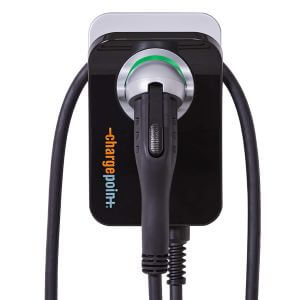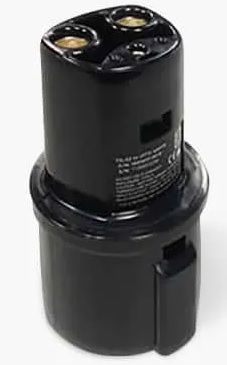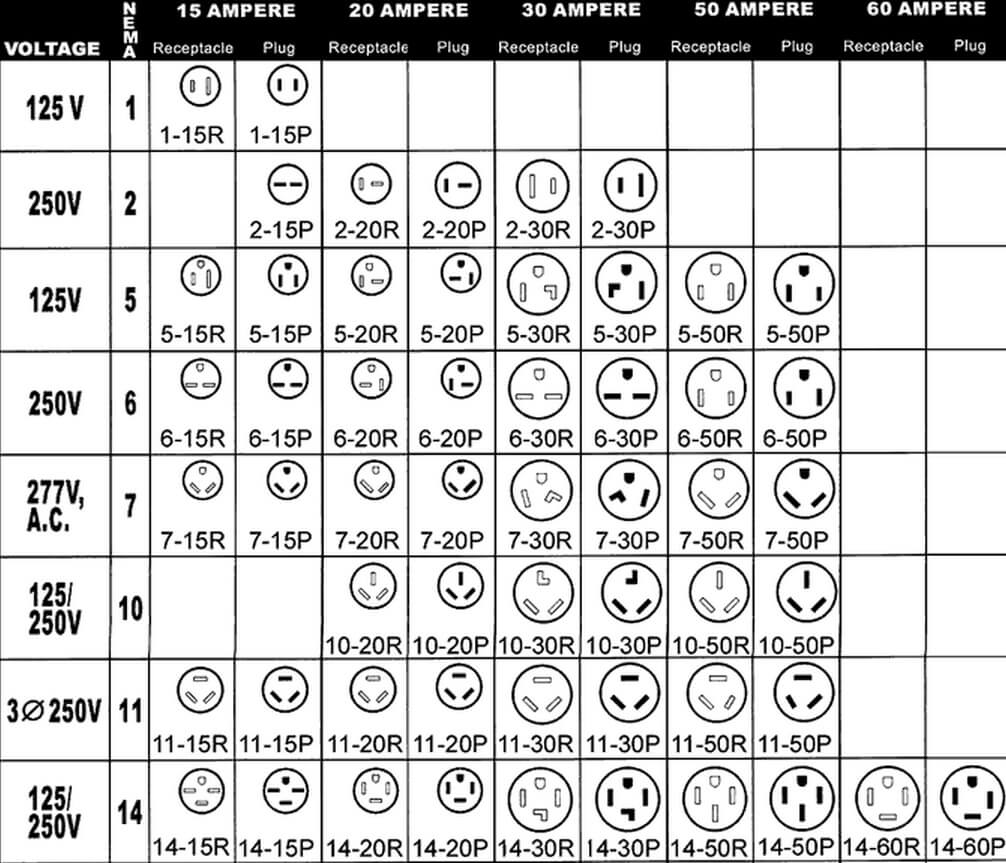You Purchased An EV.
You Need to Charge Your EV.
You Need Access to EVSE.
Electric Vehicle Supply Equipment.
What is EVSE?
EVSE = EV Charging Station
To charge your new EV you need to either find a nearby Public Charging Station in your community, along major transportation corridors or at your place of work.
You may want to purchase a charging station (EVSE) to charge your EV at home. Charging your EV at home is very convenient. You may be able to charge at home at night when electricity rates are reduced.

Charge At Home.
The most convenient location to charge your EV is at your home in your garage or outdoors in your carport.
Overnight charging at your home gives you a charged battery and ready to drive your EV for your daily commute to work.
Your electric utility may have reduced Time of Use (TOU) rates encouraging overnight charging.
Charge At Work.
Your employer may have installed a charging station at your place of work. You may be able to charge your EV during your work hours.
At many workplaces, EV charging is an employee benefit.
Yes, charge your EV without charge!
Charge At Public Charging Stations.
A public charging station operated by an EV Charging Network may be located near your residence near a cafe, restaurant, movie theater or shopping mall.
These charging stations are known as “Destination Charging Stations.”
There are several Public Charging Networks and more in development.
Regarding Tesla EVs, you may charge at a Tesla owned Supercharger Stations within the Tesla charging network. Payment is made using the Tesla account associated with your Tesla EV and the credit card you have listed in your Tesla Account. More on Tesla later.
(We will discuss EV charging networks and how to find charging stations below.)
What is EVSE?
EVSE or Electric Vehicle Supply Equipment is used to charge an electric vehicle.
EVSE is the Charging Station!
EV owners use the terms “EVSE” and “Charging Station” to mean the same.
A problem can occur when a Charging Station is confused with a charger.
(More on that issue below.)
Currently, there are three types of Supply Equipment or Charging Stations:
- Level One
- Level Two
- Level Three

Charging Station
With J1772 Plug
EVSE is Not the Charger! What?
Correct!
For Level One and Level Two charging, the charger is installed in the EV.
The charger in the EV converts the incoming AC to DC to charge the car’s battery.
(AC – Alternating Current)
What?
Think of the EVSE as an extension cord with two-way data communication.
Data Communications?
The EVSE communicates with the charger in the EV.
The EVSE asks the EV Charger questions and the EV charger responds with answers.
EVSE Sends Questions to the EV Charger….
What is the capacity of the EV charger?
What is the capacity of the EV battery?
What is the State of Charge (SOC) of the EV battery?
EVSE / Charging Stations.
Currently, there are three types of Electric Vehicle Supply Equipment or Charging Stations:
Level One Supply Equipment
Level One Supply Equipment plugs into a standard household 110-120 VAC receptacle.
The receptacle is also known as NEMA 5-15R.
The Supply Equipment has a SAE J1772 plug and is used to plug into the EV SAE J1772 receptacle.
The charger in the EV converts the incoming AC to DC to charge the battery.
(NEMA – National Electrical Manufacturers Association)
(SAE – Society of Automotive Engineers)
(VAC – Volts Alternating Current)
The phrase “Volts Alternating Current” refers to how much electrical energy can flow through an electrical outlet.
Level Two Supply Equipment
Level Two Supply Equipment plugs into a 220 – 240 VAC receptacle.
Level Two Supply Equipment use a SAE J1772 plug to connect to the EV J1772 receptacle.
There are several plug and receptacle configurations for 220 – 240 VAC (Volts Alternating Current).
The charger in the EV converts the incoming AC to DC to charge the battery.
Level Three Supply Equipment
Level Three Supply Equipment is also known as Fast Charging.
Fast Charging uses DC or Direct Current.
Fast Charging does not use the charger in the EV.
There is no conversion from AC to DC.
(ChaDeMo – www.chademo.com)
Level Three Fast Charging Plugs and Receptacles
Here are plug / receptacle standards for Fast Charging in the United States:
Fast Charging: ChaDeMo
ChaDeMo was developed in Japan.
ChaDeMo first arrived in the United States as standard equipment in the 2011 Nissan LEAF.
Fast Charging: CSS
Tasked with developing a fast charging system, the SAE J1772 committee took the existing SAE J1772 plug and added on two large pins for high power DC.
The upper part is the ordinary SAE J1772 plug used in the United States, and the lower portion are the two DC power pins.
Found in EVs from BMW, GM, VW, and other EV manufacturers.
(CSS – SAE Combo Charging System)
(J1772 plugs are also called “J-Plugs”)
Fast Charging: Tesla
Tesla developed the Tesla plug and receptacle.
An adapter is available to allow Tesla owners to charge via J1772 plugs. The adapter has a J1772 receptacle on one end and a Tesla plug on the other end.
An adapter is available to allow Tesla owners to charge via J1772 plugs. The adapter has a J1772 receptacle on one end and a Tesla plug on the other end.
An adapter is available to allow Tesla owners to charge via CCS plugs. The adapter has a CCS receptacle on one end and a Tesla plug on the other end.

How Long Will It Take to Charge My EV?
This gets complicated.
The answer depends on…
The battery capacity of your EV.
The charging capacity of the charger in your EV.
The charging method you use to charge your EV.
EVs Have Different Battery Capacities.
EVs are sold with a battery with a rated maximum capacity.
Battery capacity is measured in kilowatt-hours (kWh).
Battery Capacity Examples.
24 kWh – 2013 Nissan Leaf SL
64 kWh – 2019 Nissan LEAF e+
75 kWh – 2020 Tesla Model 3 Long Range Dual Motor
EVs Have Different Charging Capacities.
EVs may charge at a maximum of 3.3 kW, 6.6 kW, 7.7 kW, etc.
(kW – kilowatts or 1,000 watts)
Battery Capacity Degradation.
Battery capacity can degrade over time.
Charging the battery to 100 percent every time may degrade battery capacity.
Excessive Fast Charging may degrade battery capacity.
The 50-80 Rule.
Follow the 50-80 Rule to retain battery capacity over time.
Charge the EV battery only when the current state of charge (SOC) is less than 50 percent.
Limit the maximum charge to 80 percent of capacity.
Tesla recommends a maximum charge of 80 percent and only 100 percent when you plan a long trip.
Driving Range: Battery Percentage vs. Miles / Kilometers.
EVs have complex computer algorithms which calculate estimated range in miles / kilometers.
The range estimate can vary depending on several factors including how you drive, the terrain of your drive (flat freeways vs. hills and valleys), battery capacity, etc.
(Editor Note: We have found battery percentage superior to computer estimated range. )
The Guess-O-Meter.
Some EV owners refer to the range estimate display as the “Guess-O-Meter” and find the range estimates to be highly inaccurate.
I prefer to rely on the state of charge as a percentage of charge remaining in the battery.
I plan to purchase a Level Two Charging Station.
I plan to do the installation.
What steps are involved?
What decisions are involved?
A Level Two charging station requires 220-240 VAC service.
What is the capacity of the electrical service at your location?
Can your home’s electrical service capacity handle another 40-50 amp draw.
Review your electric bill or call your local electric utility to determine capacity.
What type of charging station connection: Plug-in or hard-wired version.
Does your location have an existing 220VAC receptacle?
If so, what type of receptacle is installed?
(See NEMA Receptacles / Plugs below)
Will the charging station be installed in your garage or outside?
Some charging stations enclosures are rated for outdoor use.
I plan to have a Charging Station installed in my garage.
I plan to purchase a plug-in Level 2 charging station.
Which NEMA plug / receptacle should I choose?
A NEMA 6-50 240 VAC outlet with 50 amps max is great for EV charging.
Make sure you have a licensed electrician perform the installation of the receptacle, wiring and the circuit breaker. A local city or county building permit may be required.
The circuit breaker capacity recommendation will be found in the charging station manufacturer’s installation manual.
NEMA Receptacles and Plugs.
NEMA 5-15 – Common household outlets – 15 amps max
NEMA 5-20 – Common household outlets – 20 amps max
NEMA 14-30 – Clothes dryer/oven outlets installed after 1996 – 30 amps max
NEMA 14-50 – Clothes dryer/oven outlets installed after 1996 – 50 amps max
NEMA 10-30 – Clothes dryer/oven outlets installed prior to 1996 – 30 amps max
NEMA 6-15 – 240 VAC outlet – 15 amps max
NEMA 6-20 – 240 VAC outlet – 20 amps max
NEMA 6-50 – 240 VAC outlet – 50 amps max

What specific NEMA Receptacle do you use / recommend?
I hired a local electrician to install a NEMA 6-50 receptacle with a 40-amp circuit breaker rated for 220-240 VAC.
When charging my EV, the NEMA 6-50 receptacle and 40-amp circuit breaker delivers 238 VAC on a consistent basis.
Our home was built in 1990 and has a 200-amp service from Southern California Edison (SCE).
I prefer the NEMA 6-50 for a couple of reasons.
- NEMA 6-50 is commonly used for welding applications, therefore, it is robust and up to the task.
- I purchased a NEMA 6-50 welding extension cable from Amazon. The extension cable runs from the NEMA 6-50 receptacle near the breaker box down the wall where I installed the charging hardware (EVSE).